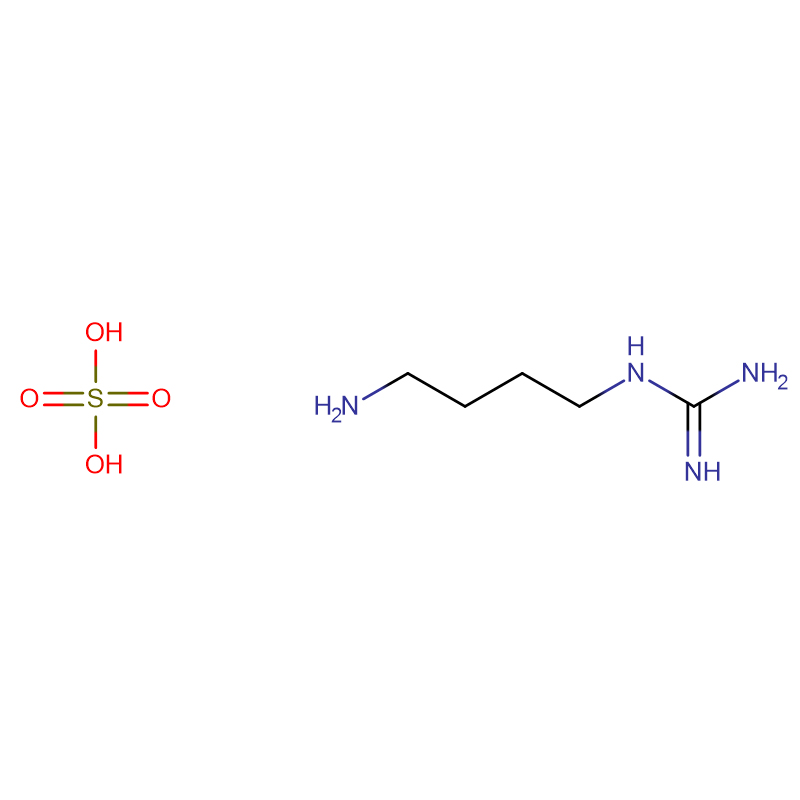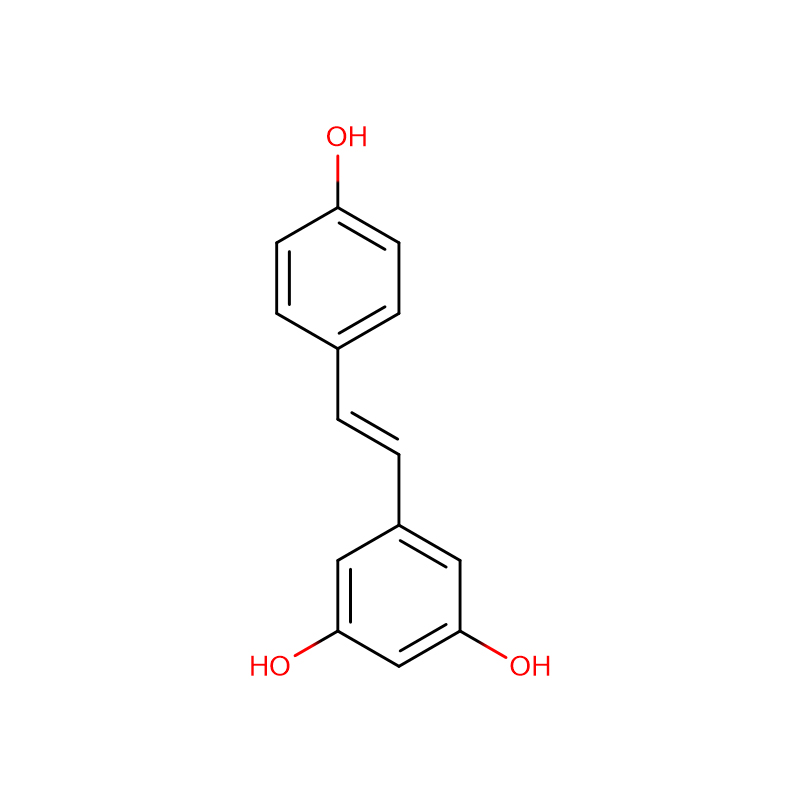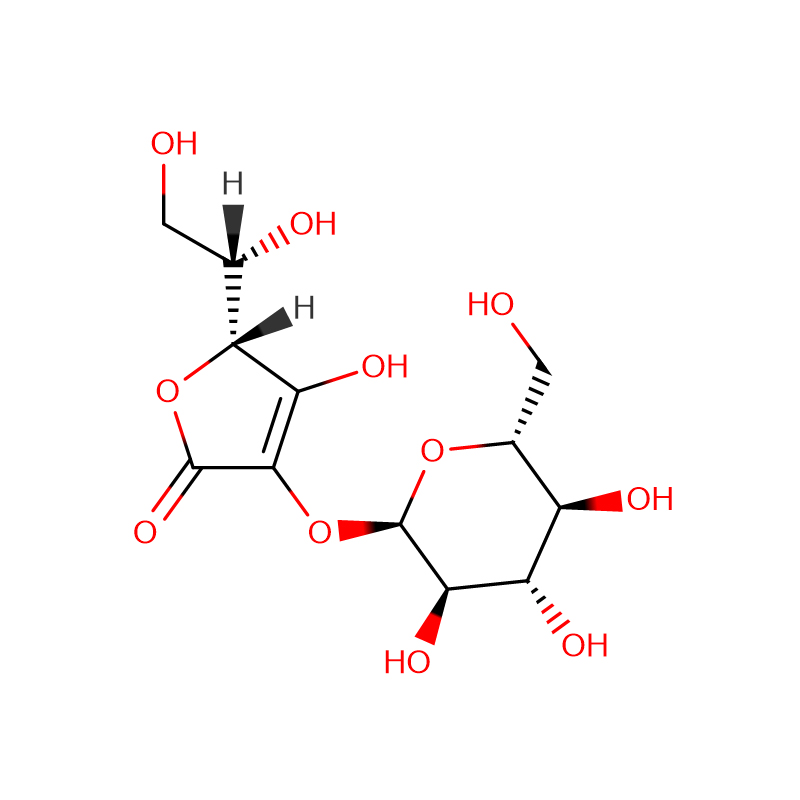Tricalcium Phosphate Cas: 7758-87-4
| Catalog Number | XD91840 |
| Product Name | Tricalcium Phosphate |
| CAS | 7758-87-4 |
| Molecular Formula | Ca3O8P2 |
| Molecular Weight | 310.18 |
| Storage Details | Ambient |
| Harmonized Tariff Code | 28352600 |
Product Specification
| Appearance | White or almost white powder |
| Assay | 99% min |
| Melting point | 1670°C |
| density | 3.14 |
| refractive index | 1.63 |
| solubility | Practically insoluble in water. It dissolves in dilute hydrochloric acid and in dilute nitric acid. |
| Odor | Odorless |
| PH | 6-8 (50g/l, H2O, 20°C) suspension |
| Water Solubility | 0.1 g/L (25 ºC) |
Calcium Phosphate is a compound existing in several forms which include the monobasic, dibasic, and tribasic forms of calcium phos- phate. as calcium phosphate monobasic, also termed monocalcium phosphate, calcium biphosphate, and acid calcium phosphate, it is used as a leavening agent and acidulant. calcium phosphate diba- sic, also termed dicalcium phosphate dihydrate, is used as a dough conditioner and mineral supplement. calcium phosphate tribasic, also termed tricalcium phosphate and precipitated calcium phos- phate, is used as an anticaking agent, mineral supplement, and con- ditioning agent.
Calcium Phosphate is an anticaking agent and calcium source that is a white powder that is almost insoluble in water. It is used as an anticaking agent in table salt and dry vinegar. It is used as a source of calcium and phosphorus in cereals and desserts. It functions as a bleaching agent in flour and in lard, and prevents undesirable coloring and improves stability for frying. It is also termed tribasic calcium phosphate, tricalcium orthophosphate, calcium phosphate tribasic, and precipitated calcium phosphate.
manufacture of fertilizers, H3PO4 and P Compounds; manufacture of milk-glass, polishing and dental powders, porcelains, pottery; enameling; clarifying sugar syrups; in animal feeds; as noncaking agent; in the textile industry.
Tribasic calcium phosphate occurs in nature as minerals, oxydapatite, whitlockite, voelicherite, apatite, phosphorite. It has many industrial applications. Some are similar to the monobasic and dibasic salts. It is used in fertilizers, dental products, ceramics and polishing powder. Some other important applications are in plastics as a stabilizer; as an anticaking agent; as a nutrient supplement in cattle food; for clarifying sugar syrup; as a mordant in dyeing textiles; and as a buffer to control pH.









